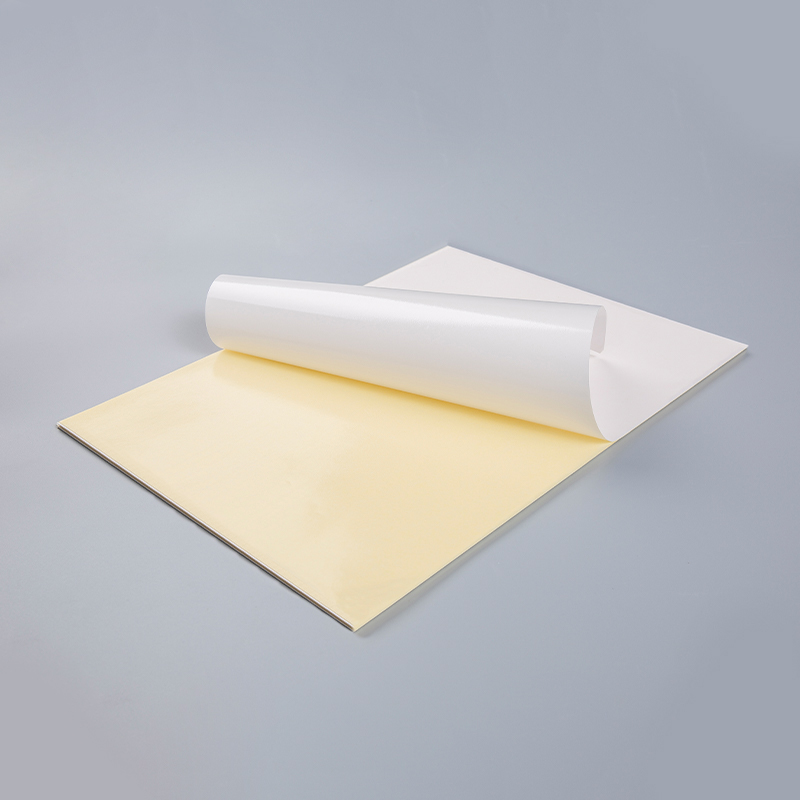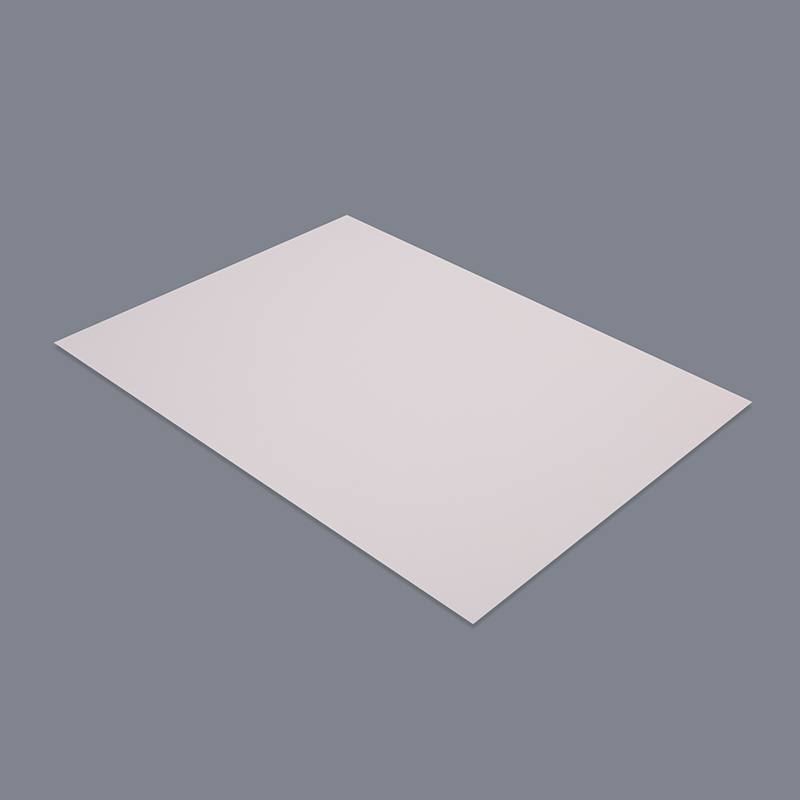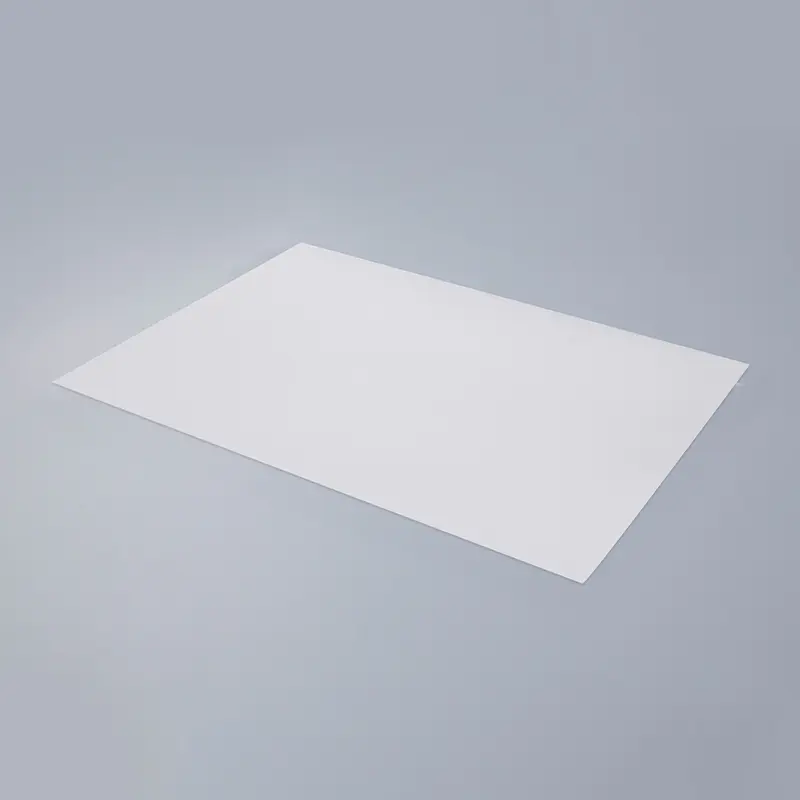In the world of specialty papers, cast coated paper stands out as one of the most luxurious and technically advanced options available. This exceptional paper product combines superior visual appeal with outstanding performance characteristics, making it the preferred choice for premium printing applications across multiple industries. This comprehensive guide explores everything you need to know about cast coated paper, from its unique manufacturing process to its diverse applications and benefits.

Understanding Cast Coated Paper
Cast coated paper represents the highest grade of coated paper available in the market. What sets it apart from other coated papers is its manufacturing process and resulting characteristics. The paper achieves its distinctive qualities through a specialized casting process where the coating is dried under pressure against a highly polished chrome drum. This creates an exceptionally smooth, glossy surface that delivers unparalleled print quality.
Key characteristics of cast coated paper include:
-
Mirror-like high gloss finish
-
Extremely smooth surface texture
-
Superior ink holdout properties
-
Excellent printability and detail reproduction
-
High brightness and whiteness levels
-
Good dimensional stability
The Manufacturing Process
The production of cast coated paper involves several precise steps that contribute to its premium quality:
-
Base Paper Preparation
The process begins with high-quality base paper made from chemical pulp. This foundation must have excellent formation and strength characteristics to support the coating process. -
Coating Application
Multiple layers of specialized coating compounds are applied to the base paper. These coatings typically contain premium pigments like fine clay and calcium carbonate, along with binders and additives. -
Casting Process
While the coating is still wet, the paper is pressed against a highly polished chrome-plated drum under controlled temperature and pressure conditions. This crucial step creates the paper's signature glossy surface. -
Drying and Finishing
The paper is carefully dried and may undergo additional treatments like calendaring to enhance its surface properties further. -
Quality Control
Rigorous testing ensures each batch meets strict standards for gloss, smoothness, and printability.
Types of Cast Coated Paper
Cast coated papers are available in several variants to suit different applications:
-
Gloss Cast Coated
The most common type featuring a brilliant, mirror-like finish that provides maximum visual impact. -
Dull Cast Coated
Offers a softer, matte appearance while maintaining the other benefits of cast coating. -
One-Side Coated
Coated on only one surface, with the other side left uncoated for specific applications. -
Double-Side Coated
Coated on both surfaces for applications requiring premium print quality on both sides.
Key Advantages of Cast Coated Paper
Cast coated paper offers numerous benefits that justify its premium positioning:
-
Exceptional Print Quality
The ultra-smooth surface reproduces images with outstanding clarity, sharpness, and color vibrancy. -
Superior Ink Performance
Excellent ink holdout prevents absorption, resulting in sharper dots and more vibrant colors. -
High Gloss Finish
The mirror-like surface enhances visual appeal and makes colors appear more saturated. -
Excellent Embossing Characteristics
The coating accepts embossing exceptionally well, creating pronounced, detailed effects. -
Good Dimensional Stability
Maintains its shape and flatness under varying humidity conditions. -
Versatile Finishing Options
Accepts foil stamping, varnishing, and other special treatments beautifully.
Applications of Cast Coated Paper
The unique properties of cast coated paper make it ideal for numerous high-end applications:
-
Premium Packaging
-
Luxury product boxes
-
Cosmetic packaging
-
Pharmaceutical packaging
-
Gift boxes
-
Perfume cartons
-
High-End Printing
-
Brochures and catalogs
-
Book covers
-
Postcards and greeting cards
-
Posters and displays
-
Art reproductions
-
Labels and Tags
-
Product labels
-
Wine and spirit labels
-
Premium price tags
-
Brand identification tags
-
Special Applications
-
Playing cards
-
Board game components
-
Trading cards
-
High-end stationery
Comparing Cast Coated to Other Coated Papers
While all coated papers share some characteristics, cast coated stands apart:
-
Gloss Art Paper
-
Lower gloss level
-
Less smooth surface
-
More porous coating
-
Lower ink holdout
-
Matte Coated Paper
-
Completely non-glossy
-
More textured surface
-
Different visual effect
-
Cast Coated
-
Highest gloss level
-
Smoothest surface
-
Best ink holdout
-
Sharpest image reproduction
Technical Specifications
Quality cast coated papers typically feature:
-
Basis weight: 80-400 gsm (varies by application)
-
Brightness: 90-96 ISO
-
Gloss level: 70-85% (at 75° measurement angle)
-
Smoothness: Less than 0.5 microns roughness
-
Opacity: 90-98% depending on weight
Environmental Considerations
Modern cast coated papers address environmental concerns through:
-
Sustainable Fiber Sources
Many manufacturers use FSC or PEFC certified pulp from responsibly managed forests. -
Eco-Friendly Coatings
New formulations reduce environmental impact while maintaining performance. -
Recyclability
Most cast coated papers can be recycled in standard paper recycling streams. -
Manufacturing Improvements
Energy-efficient production processes and reduced water usage.
Selecting the Right Cast Coated Paper
Choosing the appropriate cast coated paper requires considering several factors:
-
Application Requirements
-
Printing process to be used
-
Required finish (gloss or dull)
-
Weight and thickness needs
-
Performance Needs
-
Ink compatibility
-
Drying time requirements
-
Finishing processes planned
-
Budget Considerations
Balancing quality requirements with cost constraints -
Sustainability Preferences
Certifications and environmental attributes
Handling and Storage Recommendations
To maintain quality, cast coated paper requires proper care:
-
Storage Conditions
-
Temperature: 20-25°C (68-77°F)
-
Relative humidity: 45-55%
-
Flat storage preferred
-
Protected from direct sunlight
-
Handling Practices
-
Use clean, dry hands or gloves
-
Avoid bending or creasing
-
Protect edges from damage
-
Handle with care to prevent surface marks
-
Conditioning
Allow paper to acclimate to pressroom conditions before printing
Printing with Cast Coated Paper
Achieving optimal results requires specific techniques:
-
Press Preparation
-
Ensure proper roller settings
-
Check ink and water balance
-
Confirm impression pressure
-
Ink Selection
-
Use inks formulated for coated papers
-
Consider quick-setting varieties
-
Match ink viscosity to paper
-
Drying Considerations
-
Allow sufficient drying time
-
Use appropriate drying systems
-
Consider coating compatibility
-
Finishing
-
Plan adequate drying before finishing
-
Use compatible varnishes and coatings
-
Test foil stamping and embossing
The Future of Cast Coated Paper
Innovations continue to enhance cast coated papers:
-
Enhanced Sustainability
-
Bio-based coatings
-
Improved recyclability
-
Lower carbon footprint production
-
Functional Improvements
-
Higher smoothness levels
-
Improved ink adhesion
-
Enhanced brightness
-
Digital Printing Compatibility
New formulations optimized for digital presses -
Smart Features
Potential integration with conductive inks or other smart technologies
Conclusion
Cast coated paper remains the gold standard for applications demanding the highest quality printing surface. Its unparalleled smoothness, brilliant gloss, and exceptional print reproduction make it the preferred choice for luxury packaging, high-end printing, and premium labels. While it commands a higher price point than standard coated papers, the visual impact and performance benefits justify the investment for discerning applications.
As manufacturing technologies advance, cast coated papers continue to evolve, offering improved environmental profiles while maintaining their signature quality characteristics. For brands looking to make a lasting impression through superior printed materials, cast coated paper delivers unmatched results that elevate any project.
Understanding the unique properties and proper handling of cast coated paper ensures printers and designers can fully leverage its capabilities to create stunning finished products that stand out in the marketplace. Whether for packaging that communicates luxury or printed materials that demand attention, cast coated paper provides the perfect substrate to showcase premium content with maximum visual impact.

 English
English Español
Español русский
русский Français
Français عربى
عربى











